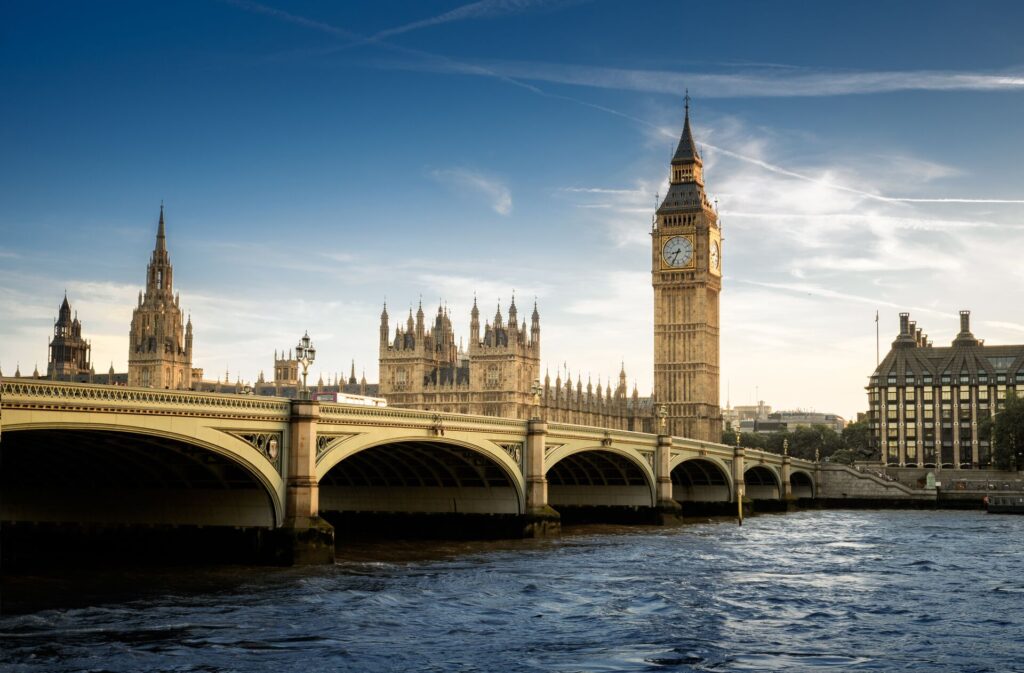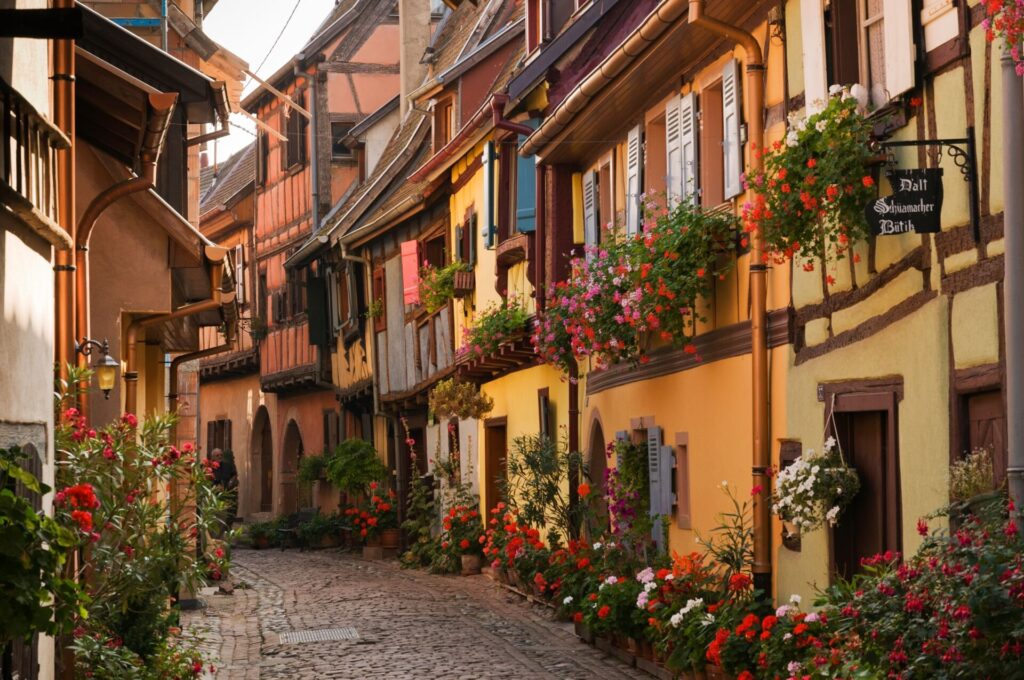Easter Island, Chile
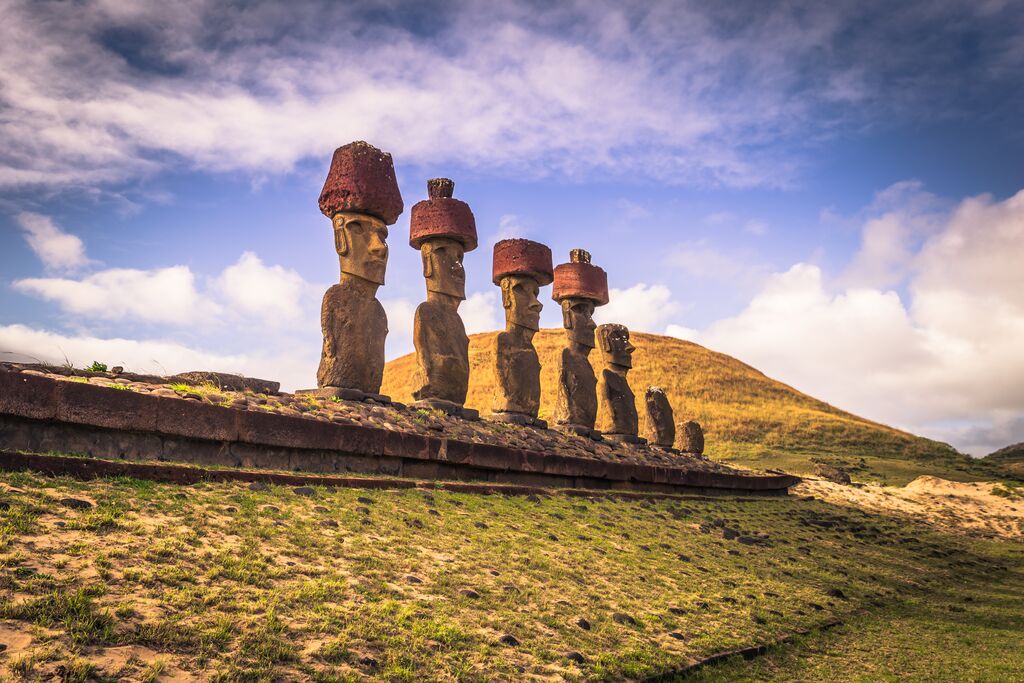
1,289 miles away from the nearest inhabited land, Chile’s Easter Island (Rapa Nui) is the last word in isolation. At some point in its history (we don’t know when), it was occupied by a thriving group of intrepid Polynesians, who built the enigmatic Moai statues – over a thousand of them staring blankly over the landscape – as a way to honor their ancestors.
However, by the time Dutch colonists landed on Easter Sunday 1722, the island was all but abandoned, its population severely depleted. The island’s barren landscape and curious monuments make it one of the most mysterious places in the world to explore. Scientists are still debating exactly why the society collapsed, but rats apparently had a big part to play.
Great Pyramid of Giza, Egypt
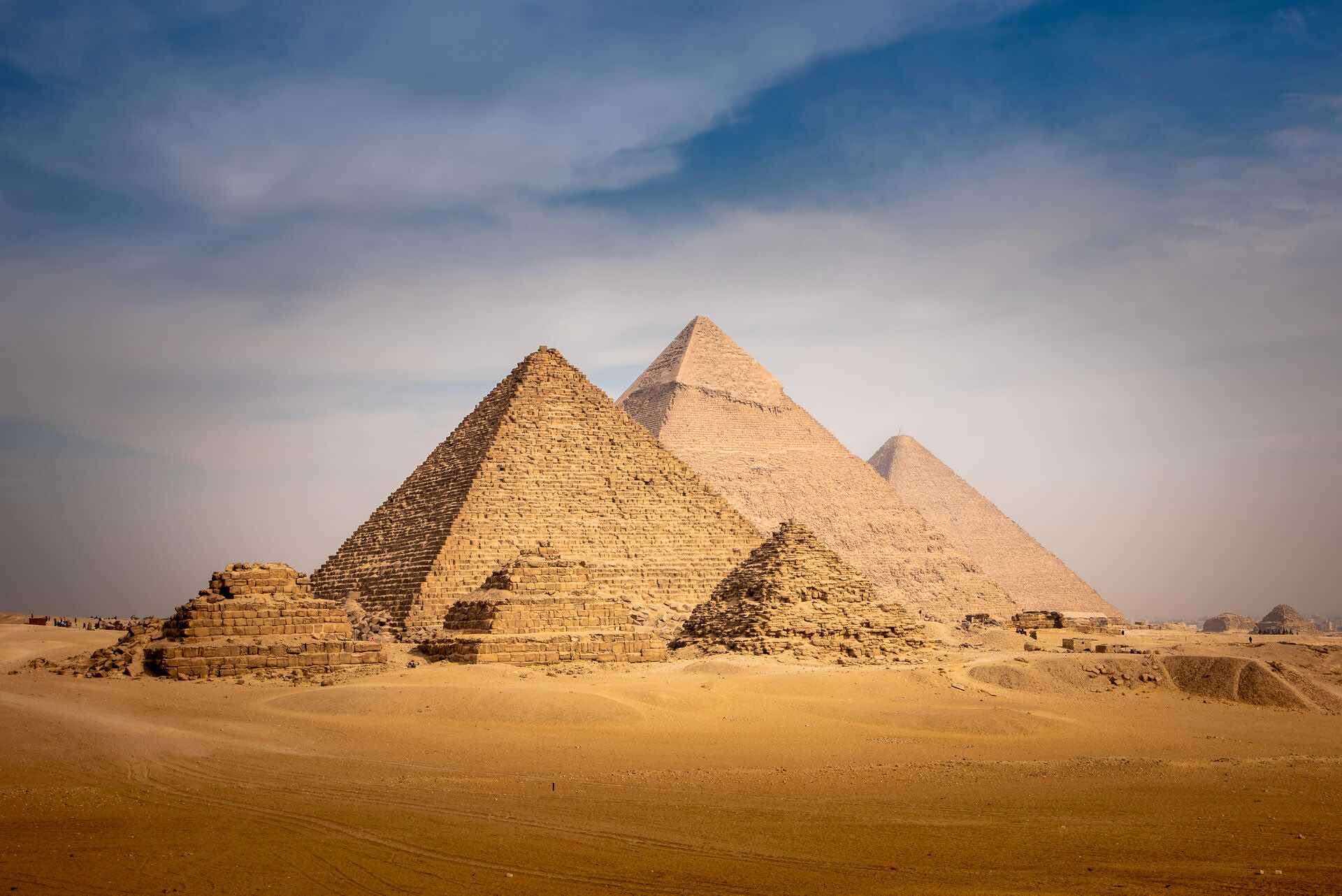
This massive monolith at the edge of the Egyptian desert still puzzles archaeologists thousands of years after it was built. How were those huge stone blocks hauled up so high? Was it simply the brute force of slaves? Perhaps not; their alignment is too precise for that. Could the ancient Egyptians have had some miracle contraption archaeologists haven’t unearthed? Maybe it was aliens?
There’s also some intrigue as to what’s inside the pyramid – archaeologists thought they’d explored every crevice, but in 2023 a whole new chamber was located using cosmic ray technology. However, nobody has been inside it yet…
Experience this for yourself on: Wonders of Egypt
Bermuda Triangle, Atlantic Ocean
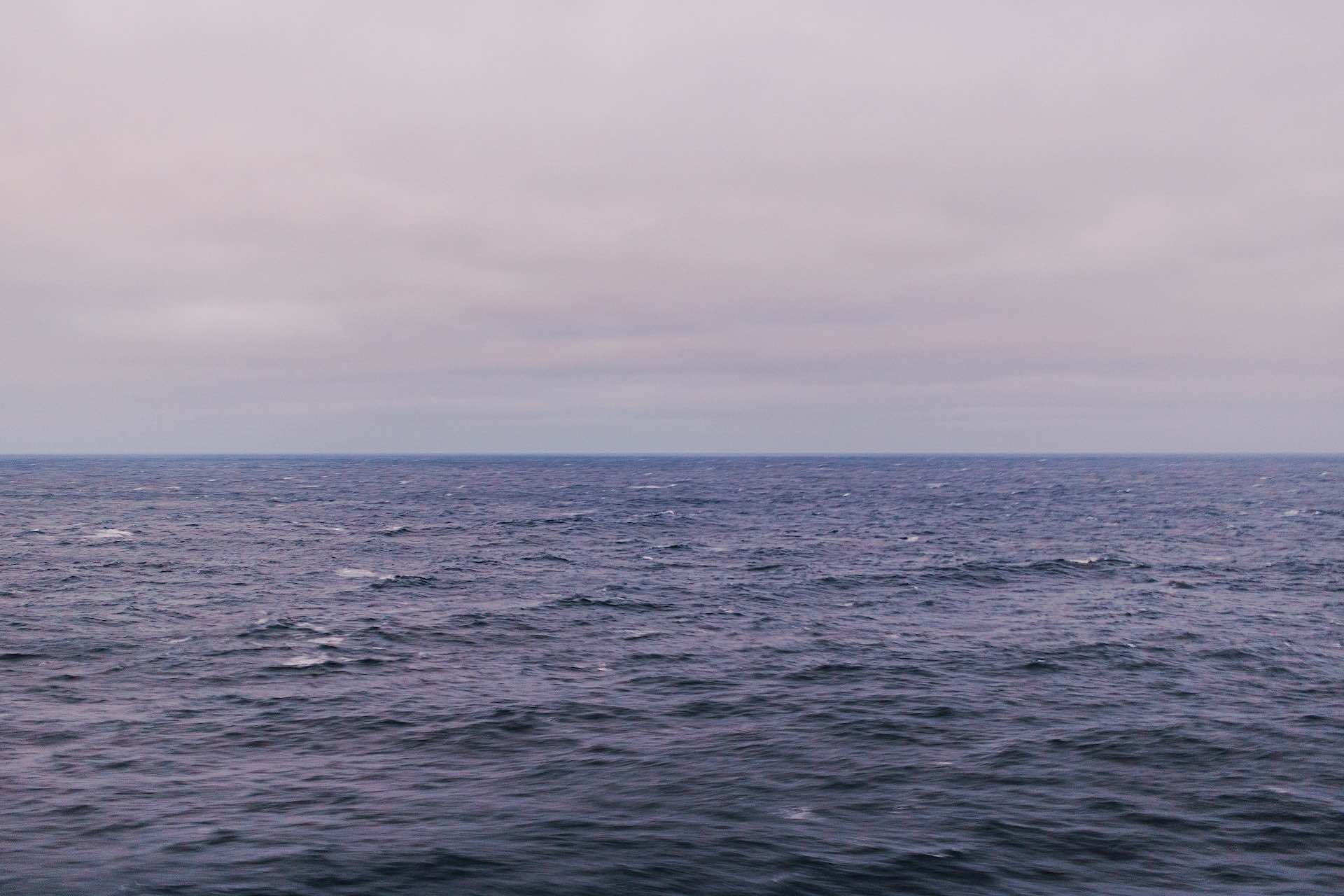
Between Bermuda, Miami and Puerto Rico lies a triangle-shaped patch of Atlantic Ocean that seems to swallow people up. More than 50 ships and 20 planes are said to have been lost to the Bermuda Triangle’s murky depths – and conspiracy theorists offer a multitude of reasons why.
Could it be that the Bermuda Triangle is a wormhole or vortex to a different dimension? Are aliens using it to kidnap humans for experimentation? Is it actually the location of Atlantis?
But when you look at the stats, the region is not particularly disaster-prone: it encompasses the popular holiday islands of Turks and Caicos, and plenty of shipping and aviation traffic passes through the area on a daily basis. Some more likely explanations for this mysterious place include tropical hurricanes, rogue waves and human error.
Crooked Forest, Poland
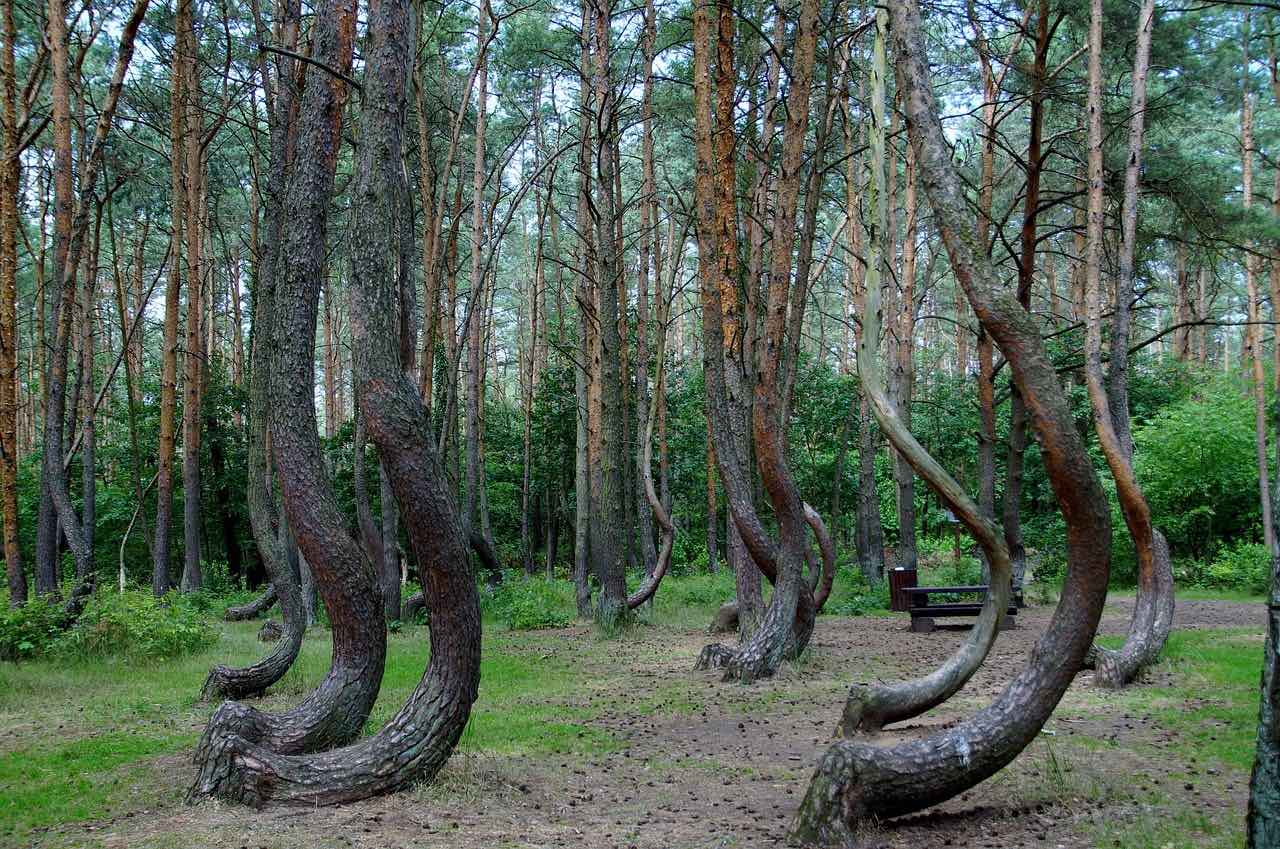
Bending and curving at the roots in a “J” shape before scooping up towards the sky, the 400 trees in Poland’s Crooked Forest are one of the world’s weirdest unsolved botanical mysteries. They look like the sort of place a witch would hang out in, but these trees were actually planted in the 1930s.
At some point in their infancy, the trees took on this unusual shape, but thanks to the outbreak of World War Two nobody wrote down how or why. It’s commonly thought they were bent by heavy snowfall, but some believe the area has a uniquely strong gravitational pull. That, or they were deliberately bent to make unusually-shaped furniture. Who knows? The unanswered questions and the spooky aura around these gnarled trees made it one of our top mysterious places.
Read next: Discover the incredible history of Sarajevo with local guide Samra
Gates of Hell, Turkmenistan
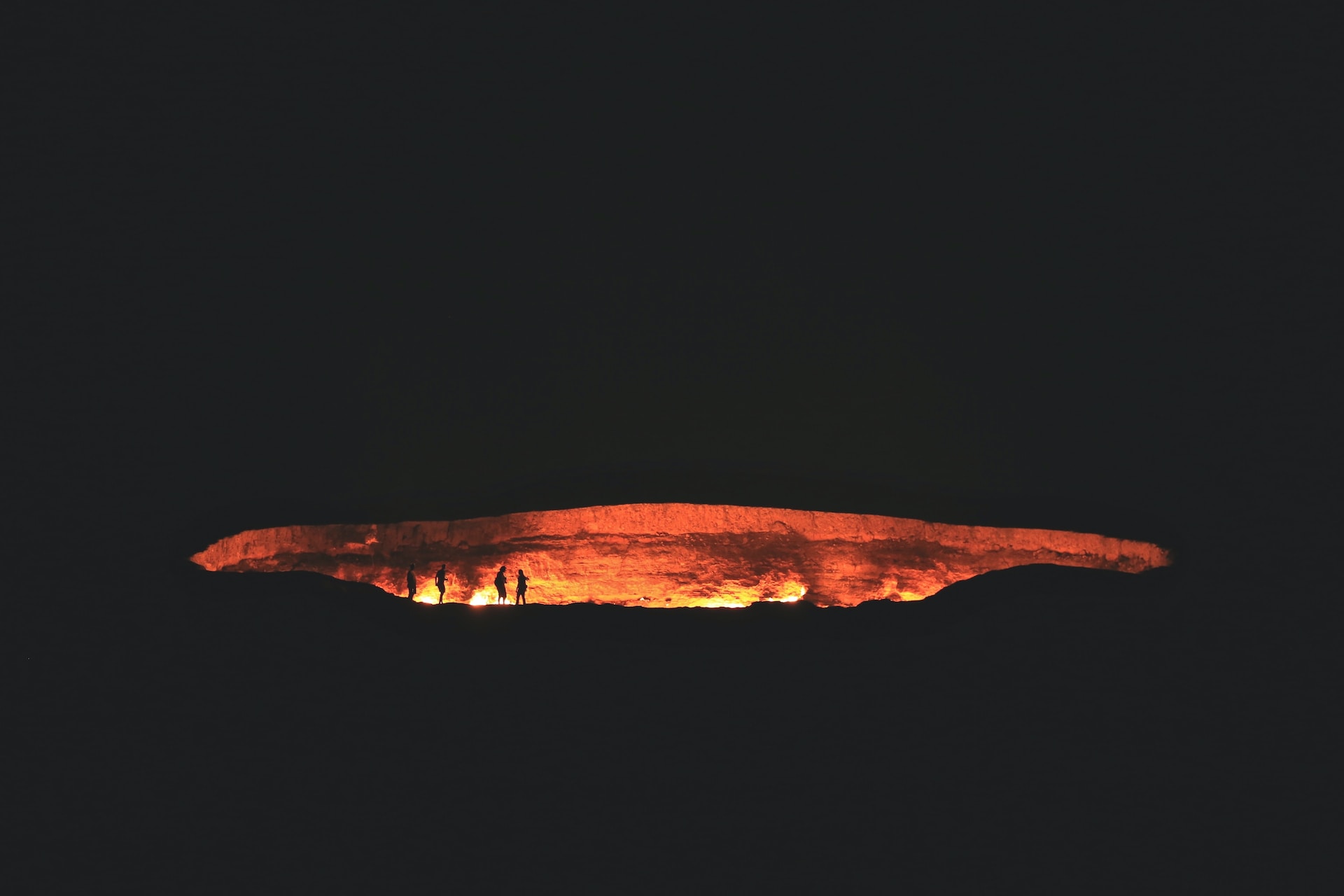
Nazca Lines, Peru
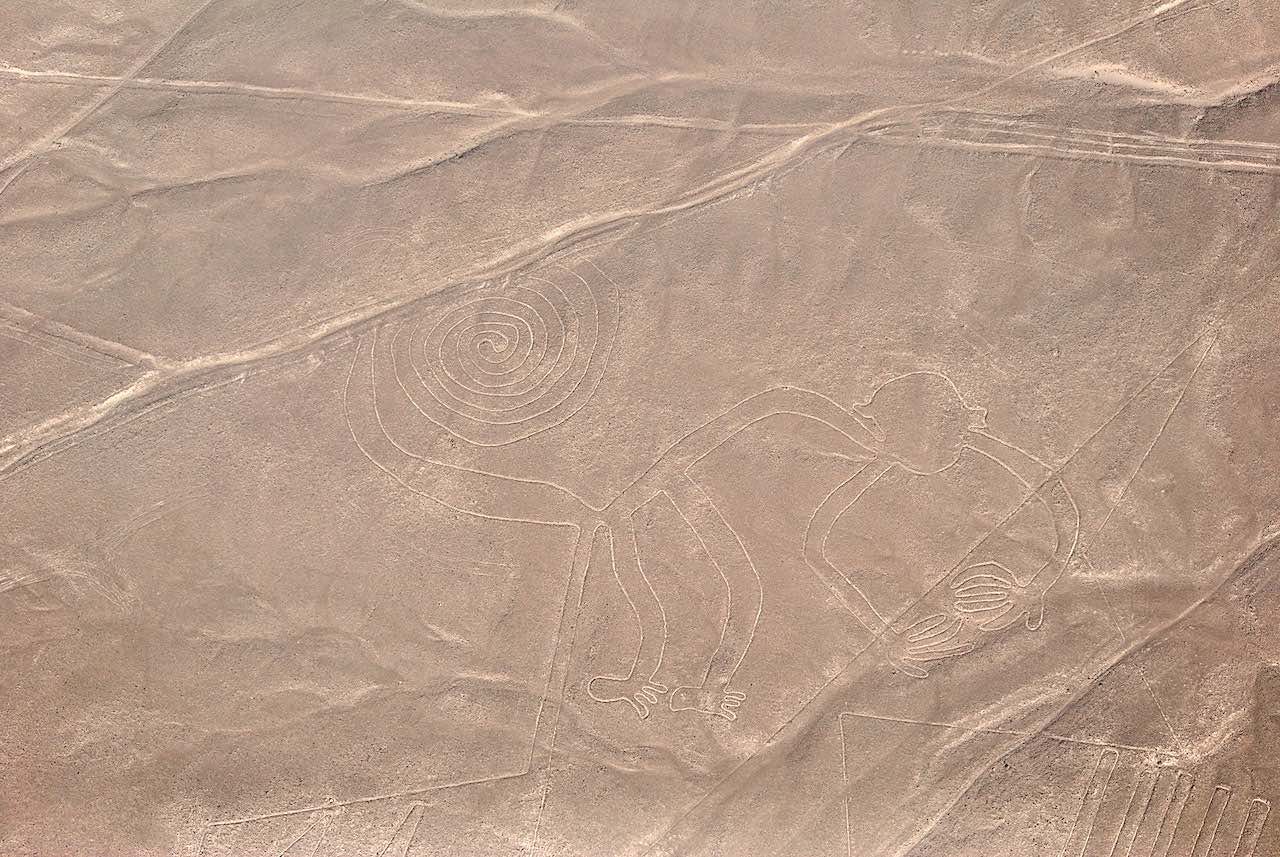
Etched into the dry earth of Peru’s Nazca desert are massive man-made glyphs of animals, plants and strange lines, a UNESCO World Heritage Site covering an area of roughly 170 square miles. These mysterious drawings were created between the 4th century BC and the 6th century AD and are best seen from the air, but we still don’t know why they were drawn: early studies suggested they formed part of a celestial clock, while more recent theories include ceremonial procession markers and a beg to the gods for water by the area’s ancient people.
Bookmark for later: Peru’s rise as an astronomical superpower
Lake Hillier, Australia
Richat Structure, Mauritania
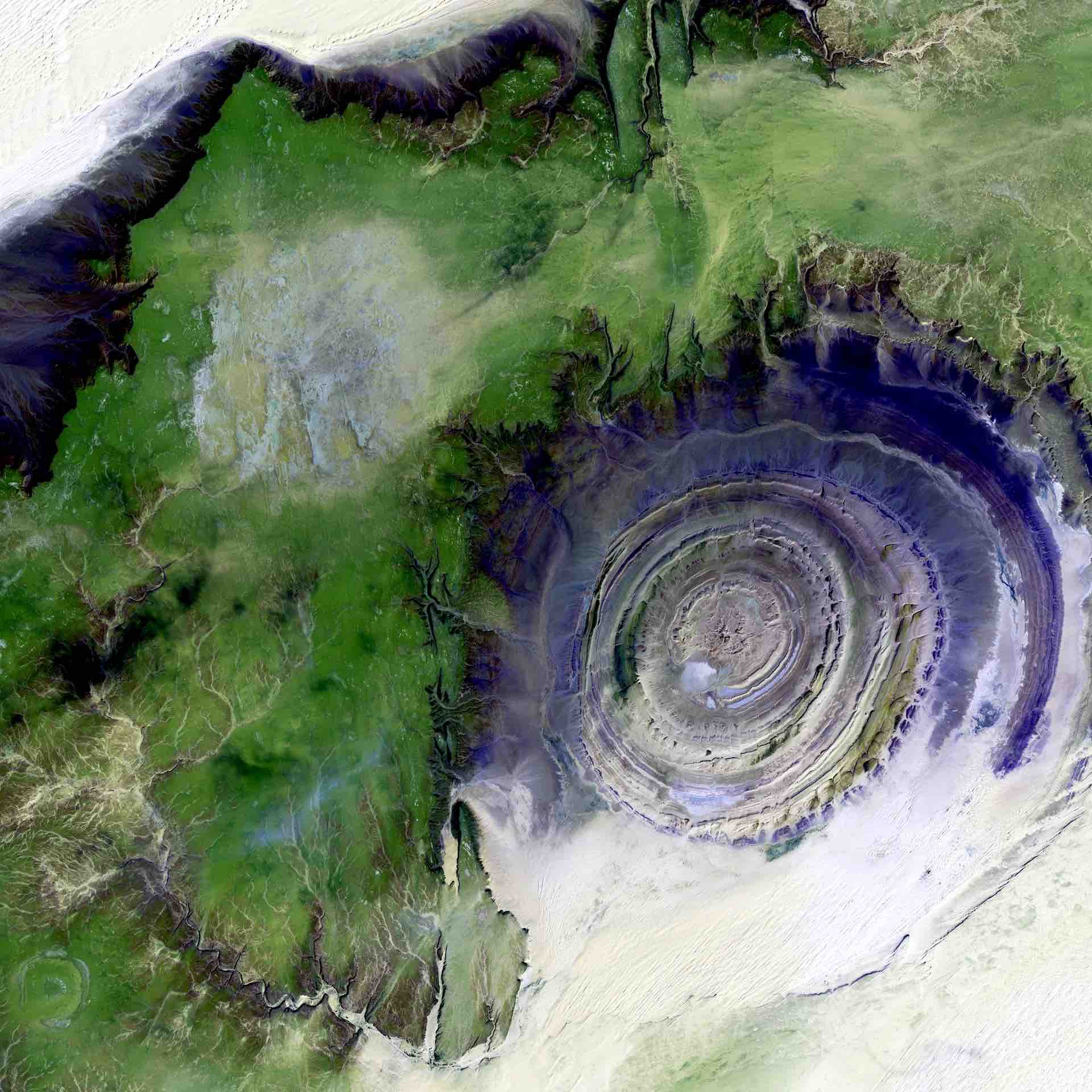
Deep in the Sahara is a strange rock formation that predates life itself. The Richat Structure is a mysterious place, a concentric ring in the Earth’s crust with such an otherworldly and almost-artificially symmetrical appearance it’s known as the ‘Eye of the Sahara’.
Rippling through the desert for 25 miles, Mauritania’s Richat Structure is so huge it was only identified when astronauts spotted it from space. Some say the Eye of the Sahara is the remains of Atlantis, as its circular shape matches Plato’s description of the utopian city, but it’s actually a geological dome that eroded long before humans walked the earth.
Island of Dolls, Mexico City
As mysterious cities go, Mexico City is hard to beat. Built atop the ruins of the Aztec capital Tenochtitlan, the Mexican capital is full of ghosts – visit the Island of the Dolls, and you’ll experience the city’s creep factor first hand. According to local lore, a young child fell into the lake from a chinampa (an artificial island built for agriculture) in 1950. A local man called Don Julián Santana tried to save her, but she died before he could.
Before long, Santana began to hear paranormal wails and cries in the place the girl had died. To appease her spirit – or perhaps to scare it off – he hung dolls he’d begged and borrowed around the chinampa. Decaying after 70 years exposed to the elements, the dolls are a frightening sight: we wouldn’t want to be marooned on this island at night.
We think you’ll like: Exploring the history and traditions of Mexico’s Day of the Dead
Blood Falls, Antarctica
In 1911, a British geologist on the Terra Nova Antarctic Expedition made a mysterious discovery: a crimson waterfall staining red the pristine Antarctic ice. The water emerged from the end of a glacier perfectly clear, but quickly turned the shade of blood. This mysterious phenomenon baffled scientists for almost a decade, but in 2023, the mystery was solved: tiny iron-packed nanospheres inside the water were oxidising as the water poured from the glacier and hit the air. It may not be mysterious anymore, but it’ll always be magnificent.

